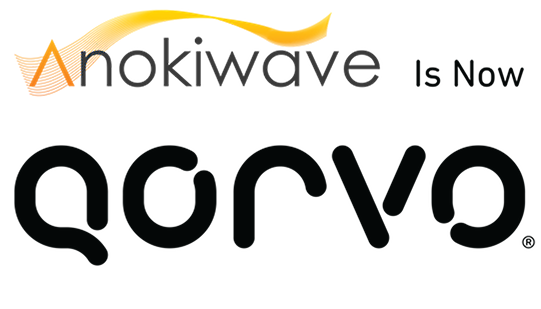Thoughts on the Recent IEEE 5G Summit
 |
Ian Gresham |
|---|---|
|
|
|
Recently, the IEEE Communications Society developed a strategic framework based on the principles that embrace Industry’s interests and priorities while integrating IEEE and ComSoc’s objectives. In order to engage industry members with high value and innovative technologies, the IEEE Communications Society is sponsoring a series of high impact one day Summits in emerging technology areas. The recent IEEE Silicon Valley 5G summit was held November 16, 2015 at Santa Clara University. This summit provided a platform for the industry leaders, innovators, and researchers from the industry and academic community to collaborate and exchange ideas that may help in driving the standards and rapid development.
The summit was a great meeting point for all aspects of industry and academia to meet and discuss problems, and suggest ways for collaboration to develop solutions. Although 5G deployment seems a long way away (3-4 years), in terms of planning standards, regulations, and developing the hardware infrastructure, it’s just around the corner! The FCC allocation of 28GHz and 39GHz frequency bands have been a big step-forward in terms of starting to understand what the mm-wave aperture will look like though. The future needs of end-users like Samsung, Ericsson, and Huawei were illuminating and are driving what happens in this market. It is clear that low-cost beamforming at the aperture is a fundamental component of successful system deployment, and Anokiwave’s product portfolio is uniquely positioned to provide solutions for advanced antenna aperture requirements; our Core ICs are directly targeted for the performance and cost requirements for the emerging 5G market.
We believe that IC solutions for 5G systems will need to provide increased functional density and capability within a single die/package, thus enabling large-scale planar active antenna arrays. Planar phased array solutions are attractive in providing a compact, and potentially low-profile form which enables their use in a broader range of applications. The primary enabler for a planar-form solution is for the analog beamforming circuitry – transmit (Tx), receive (Rx) or transceiver (Xcvr) – to fit physically between the elements of the antenna lattice. This lattice structure requires each antenna element be spaced by no more than a free space half wavelength (λ0) to avoid the generation of grating lobes, where waves from each element are summed in phase producing beams in undesired directions. The physical constraints governing the available area for component integration is quite small at the 5G frequencies proposed – 5.3mm at 28 GHz and 3.8mm at 39 GHz. Increased integration, such as that demonstrated in the Anokiwave Core IC solutions, is the only viable method to achieve a planar 5G system.
Anokiwave's product portfolio is uniquely positioned to embrace this market with our Silicon Core ICs and System-in-Package solutions for the emerging mmW 5G active antenna markets.

